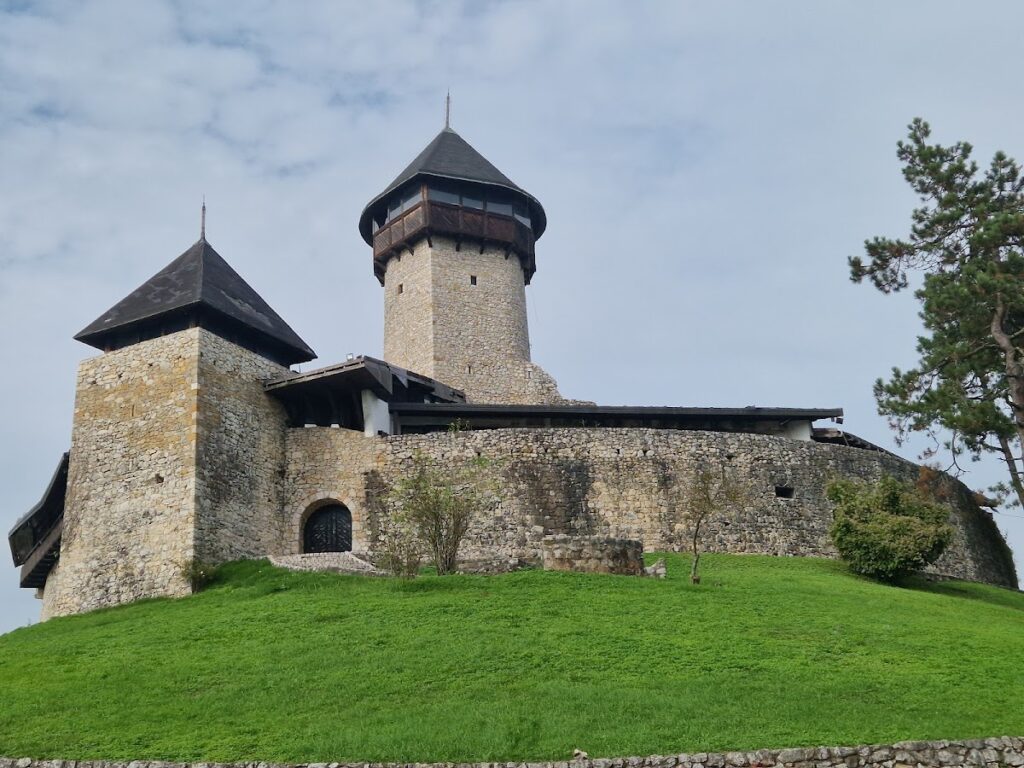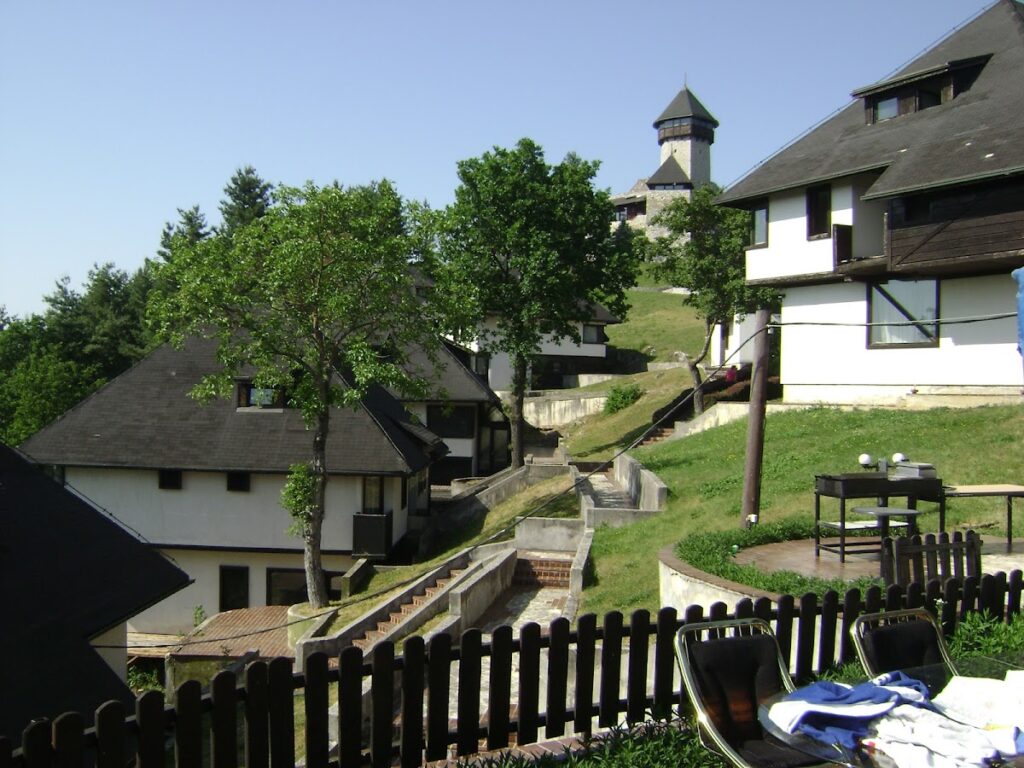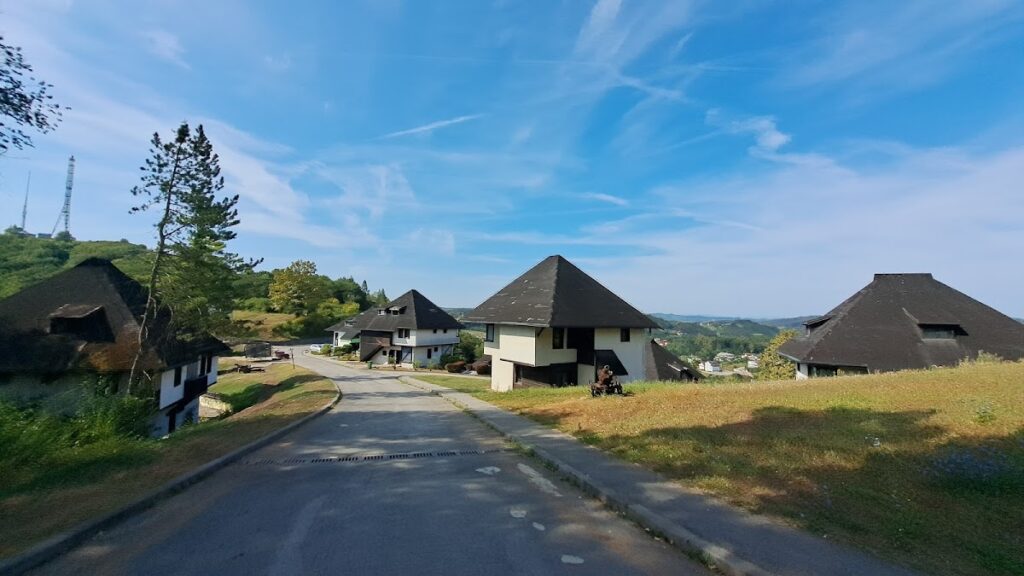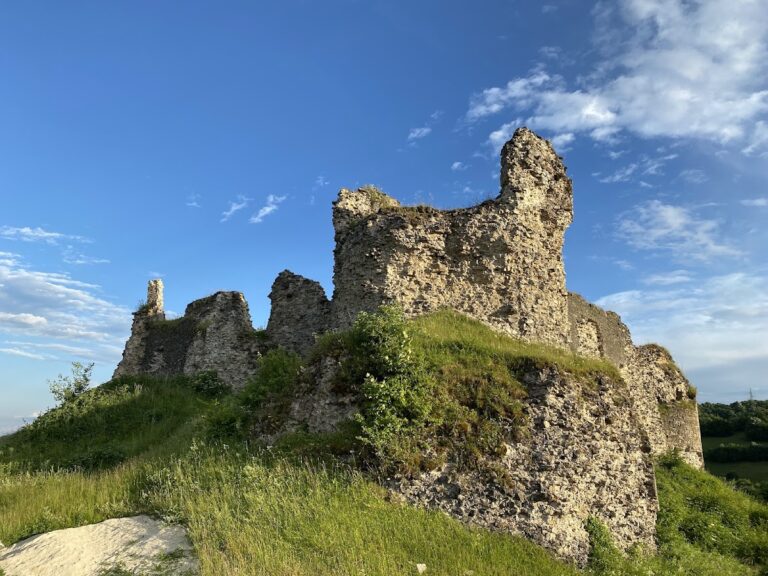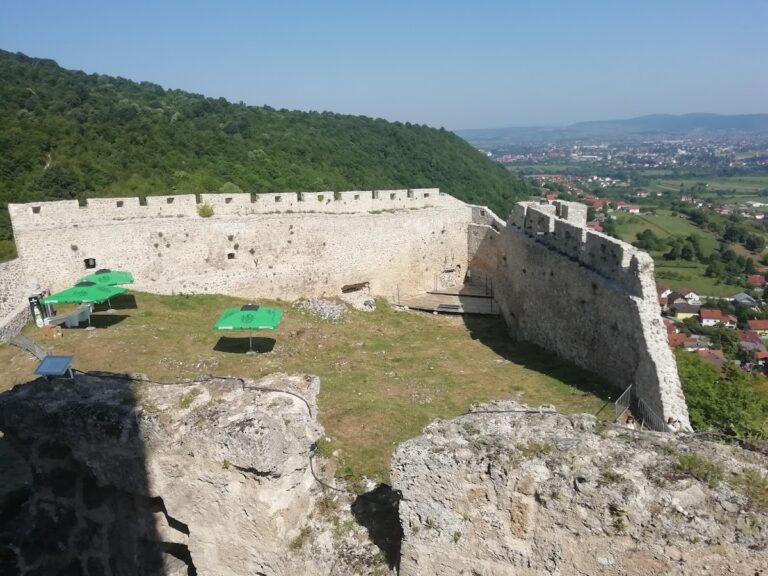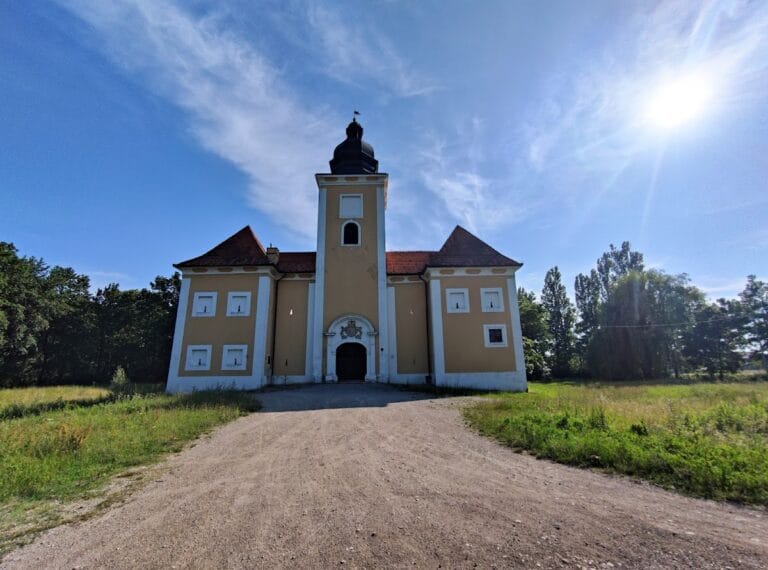Velika Kladuša Castle: A Historic Fortress in Bosnia and Herzegovina
Visitor Information
Google Rating: 4.5
Popularity: Low
Google Maps: View on Google Maps
Country: Bosnia and Herzegovina
Civilization: Unclassified
Remains: Military
History
Velika Kladuša Castle is situated in the municipality of Velika Kladuša, Bosnia and Herzegovina. The fortress was originally constructed during the Middle Ages by local feudal powers in the region.
The earliest written record of the castle dates back to 1280, during the reign of King Ladislaus IV of Hungary. At that time, it was held by the noble Babonići family, also known as the Blagajski lineage. Later, ownership passed to the Dukes of Kladuša, a succession that placed the castle within the sphere of influence of local Croatian and Bosnian nobility. In 1465, the powerful Frankopan family from Cetin took control of the stronghold, maintaining their hold amid the shifting political landscape of the area.
The Ottoman Empire captured Velika Kladuša Castle and its surroundings in 1633, recognizing its strategic value as a military gateway toward Croatian territories. After the conquest, the Ottomans reinforced the fortress by erecting additional defensive walls. The castle was administered by a Dizdar, a castle captain responsible for its defense, and Janissary troops, elite Ottoman soldiers, were stationed there to secure the position. This military presence underlined the castle’s role in Ottoman campaigns and regional control.
During the early 18th century, tensions arose when the Ottoman central government sought to replace the local Dizdar with direct appointees from Istanbul. After the local Dizdar refused to comply, Ottoman forces, including Janissaries from the capital, were dispatched to seize control of the castle. In 1800, substantial repair work was carried out to maintain and strengthen the fortress.
Until 1790, the castle’s garrison comprised around 120 men, a number that increased by 72 soldiers following the fall of the nearby stronghold of Cetina. The last known Dizdar was Husein Alagić, whose family had overseen the position for more than a century and a half, reflecting a long-standing local administrative tradition.
Historical accounts from 1641 mention the presence of Mujo Hrnjica, a notable local leader known as a harambaša (bandit chief), and his brothers residing in the castle, along with a figure named Mustafa Kozličić. By 1833, the fortress was armed with four operational cannons and one that was broken, indicating its continuing military function.
In October 1878, Velika Kladuša Castle witnessed a significant event when it was besieged by an Austro-Hungarian battalion in a battle lasting ten days. The defenders, reduced to eight due to casualties and lack of ammunition, eventually abandoned the fortress. This marked the end of armed resistance in Bosnia against Austro-Hungarian occupation during that period.
Remains
Velika Kladuša Castle occupies a commanding position on a hill overlooking the right bank of the Grabarska River, a tributary of the Kladušnica River. The castle’s location provided a natural advantage for monitoring and controlling the surrounding landscape. Following its capture by the Ottomans in the 17th century, the fortress was enhanced with robust defensive walls, known locally as bedem, which strengthened its protective capabilities.
The castle’s armament was notably recorded in 1833, when it housed four serviceable cannons alongside a single cannon that had fallen out of use. These artillery pieces were integrated into the fortress’s defenses, reflecting both medieval and early modern military needs.
In recent history, the castle’s main tower experienced damage from an electrical fire, which destroyed part of the structure. Despite various preservation efforts, much of the castle’s fabric, as well as the adjacent historic buildings surrounding it, have suffered degradation over time. This deterioration has left key architectural elements in a fragile state, although the core layout and foundational walls remain in their original places.
The surviving fortification walls exemplify the construction techniques applied during the Ottoman period, utilizing local stone materials assembled to create a strong defensive perimeter. These walls reveal evidence of reinforcement work dating back to the 17th and 18th centuries, highlighting the castle’s evolving role in military defense.
Together, the castle and its remaining structures provide a tangible connection to the region’s layered history, illustrating shifts in control, military strategy, and local administration spanning several centuries.
